
Great Synagogue in Uman
Uman, UA
The Great Synagogue in Uman is an Ashkenazi synagogue probably built in the 1830s. This Neo-Classical brick building is now a factory.
Here you can search for a building to visit. You can use the map find destinations, or you can use the filters to search for a building based upon what different criteria.

Uman, UA
The Great Synagogue in Uman is an Ashkenazi synagogue probably built in the 1830s. This Neo-Classical brick building is now a factory.
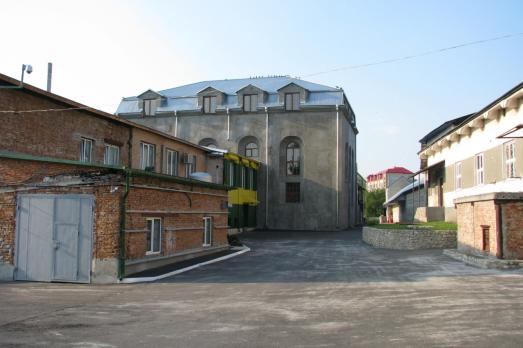
Zbarazh, UA
The Great Synagogue in Zbarazh is an Ashkenazi synagogue from the 16th century, rebuilt in the 18th century. This Baroque synagogue has been transformed into a factory.
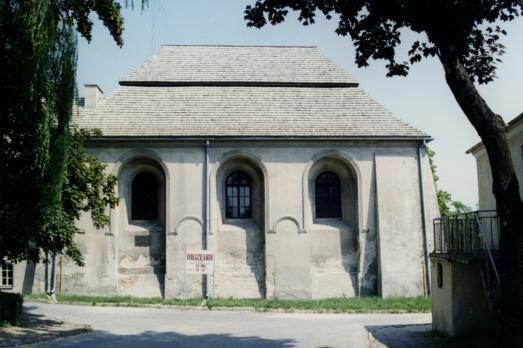
Łęczna, PL
The Great Synagogue in Łęczna is an Ashkenazi synagogue built between 1648 and 1655. It was restored in the 19th century and between 1953 and 1964. This Baroque brick building is now a museum.

Bordeaux, FR
The current Great Synagogue of Bordeaux was built between 1877 and 1882. It is the seat of the Sephardic community, whose presence in Bordeaux increased from the sixteenth century. It is one of the largest synagogues in Europe and is classified as a historical monument since 1998.
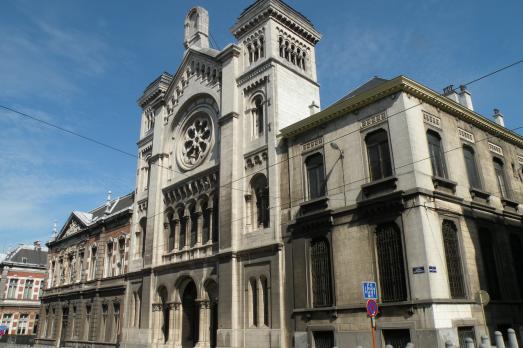
Bruxelles, BE
The Great Synagogue of Brussels was built in 1875-1878 in a Romanesque-Byzantine style. Since 2008, the synagogue is called "Great Synagogue of Europe" and is the seat of the Conference of rabbis of Europe: CER.
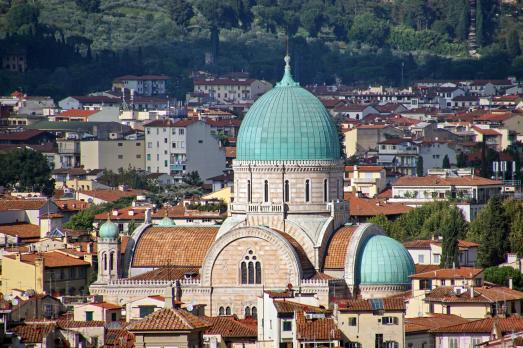
Firenze, IT
The Great Synagogue of Florence was built from 1874 to 1882, shortly after the Florentine ghetto and its two synagogues ceased to function in 1848. The construction of this Moorish style synagogue was made possible thanks to the bequest of David Levi, an Italian Jewish poet and academic.
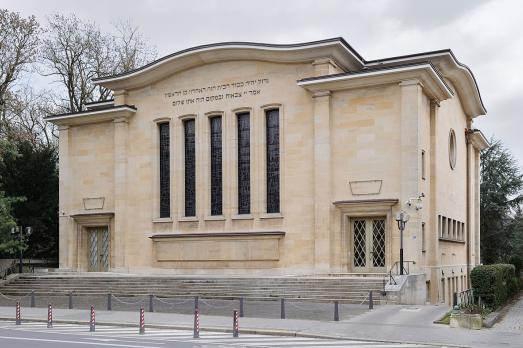
Luxembourg, LU
The Great Synagogue of Luxembourg was first built in 1823, but in 1891, the synagogue gave way to the Congregation of Notre-Dame. In 1894, a new Moorish-style synagogue was built according to the plans of the architects Ludwig Levy and Charles Arendt. In May 1941, it was desecrated by the Gestapo and gradually demolished until 1943, as it became difficult to find a company willing to undertake its restoration. The present synagogue, whose plans were drawn up by architects Victor Engels and René Mailliet, was built between 1951 and 1953.
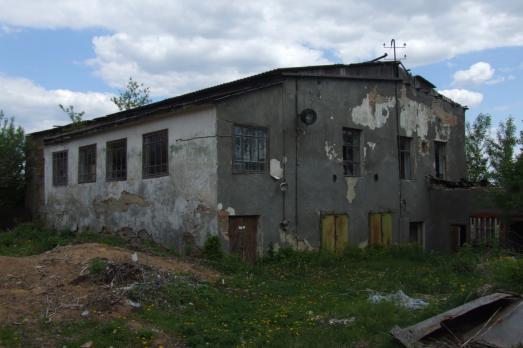
Iziaslav, UA
The Great Synagogue of the Old Town is an Ashkenazi synagogue built in the late 16th - early 17th century. It is believed that the synagogue was put out of use in the 1930s. The brick building of Gothic Survival style now serves as a factory.
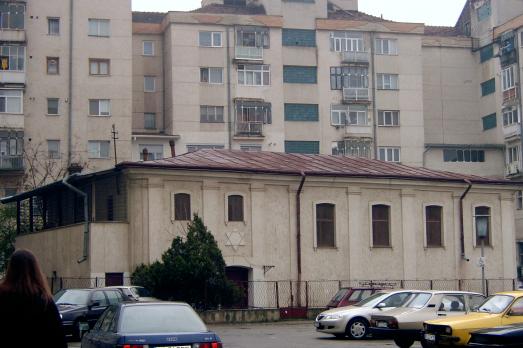
Botoşani, RO
The Great Synagogue (Hoykhe Shul) was erected in 1834. The synagogue consists of an elongated building decorated with pilasters. Twelve windows, set at the level of the upper floor, illuminate the rectangular main prayer hall. The synagogue includes three spaces with wall and ceiling paintings: the main prayer hall, the women’s gallery, and the heated small prayer hall.
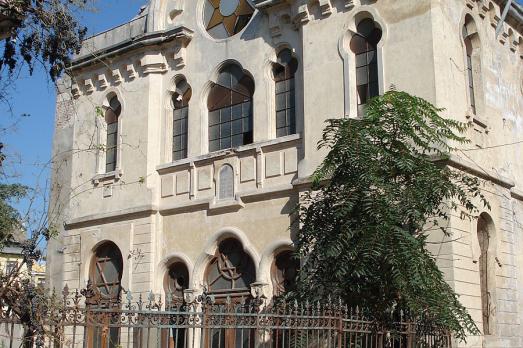
Constanța, RO
The Great Synagogue at Constanța was built in the 1910s in the Moorish style. During the inter-war period, there were two large synagogues in the city: the Sephardic-Romaniote Synagogue (built in 1908 in the Catalan Gothic style) and the Great Synagogue which is Ashkenazi. The Sephardic-Romaniote synagogue was damaged in the 1977 earthquake and was later demolished under Ceausescu's regime (1974-1989).

new
The Chassidic Route is a cultural and historical trail tracing the rich legacy of Jewish communities in southeastern Poland and western Ukraine. This region was central to the rise of Chassidism in the 18th century. Here, we highlight 10 remarkable synagogues you’ll discover along this route.

he cradle of the Industrial Revolution in Germany, Chemnitz, is well-known for its industrial heritage landscape, but the city is also home to remarkable examples of religious architecture from different historical periods. Join us as we explore the key landmarks of this European Capital of Culture 2025.

The twin towns of Nova Gorica (Slovenia) and Gorizia (Italy), lying on the border between the two countries, have a rich religious heritage, steeped in centuries of tradition. If you are looking for ideas for your visit, take note of these 10 religious sites that you should not miss.